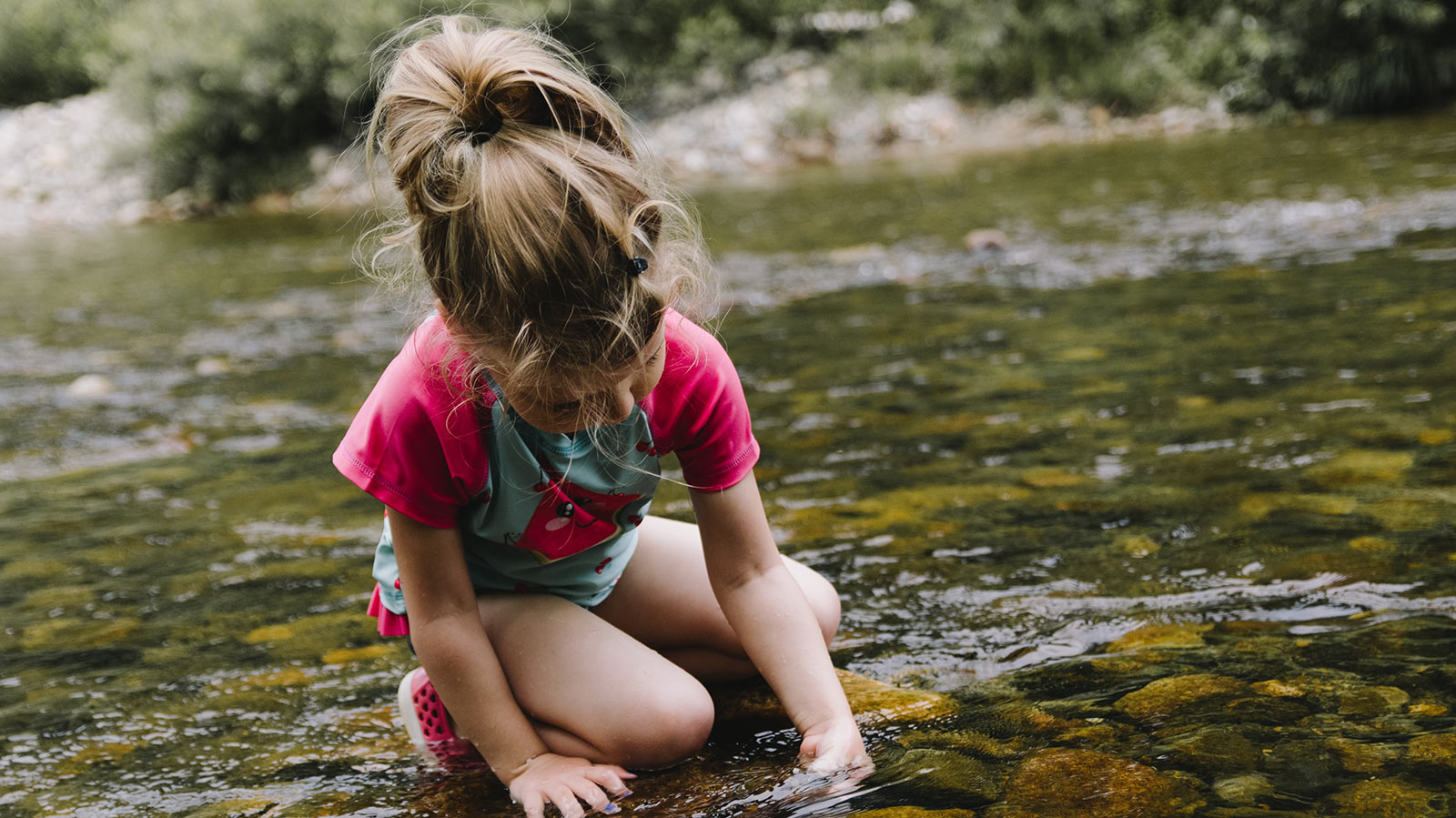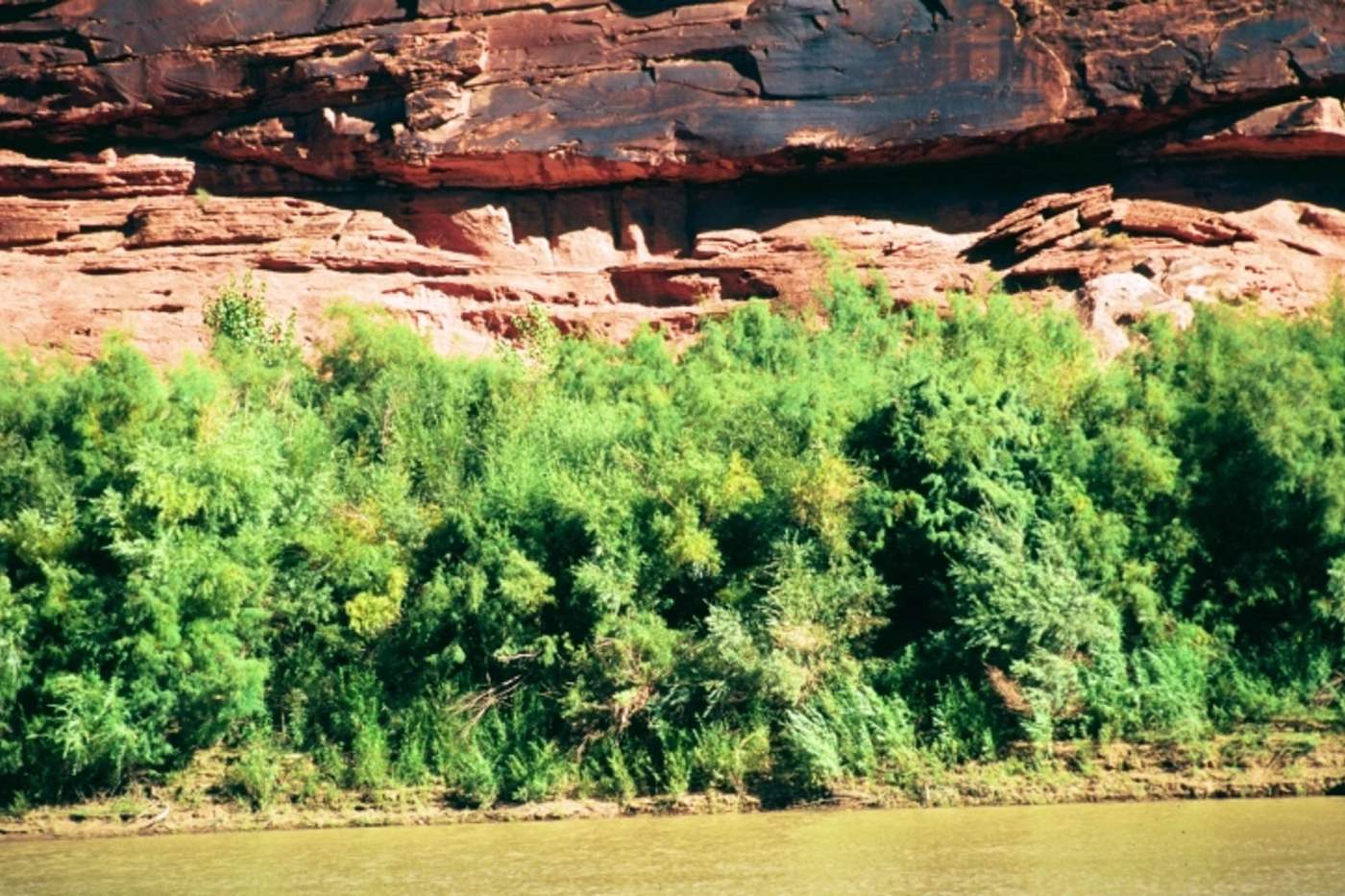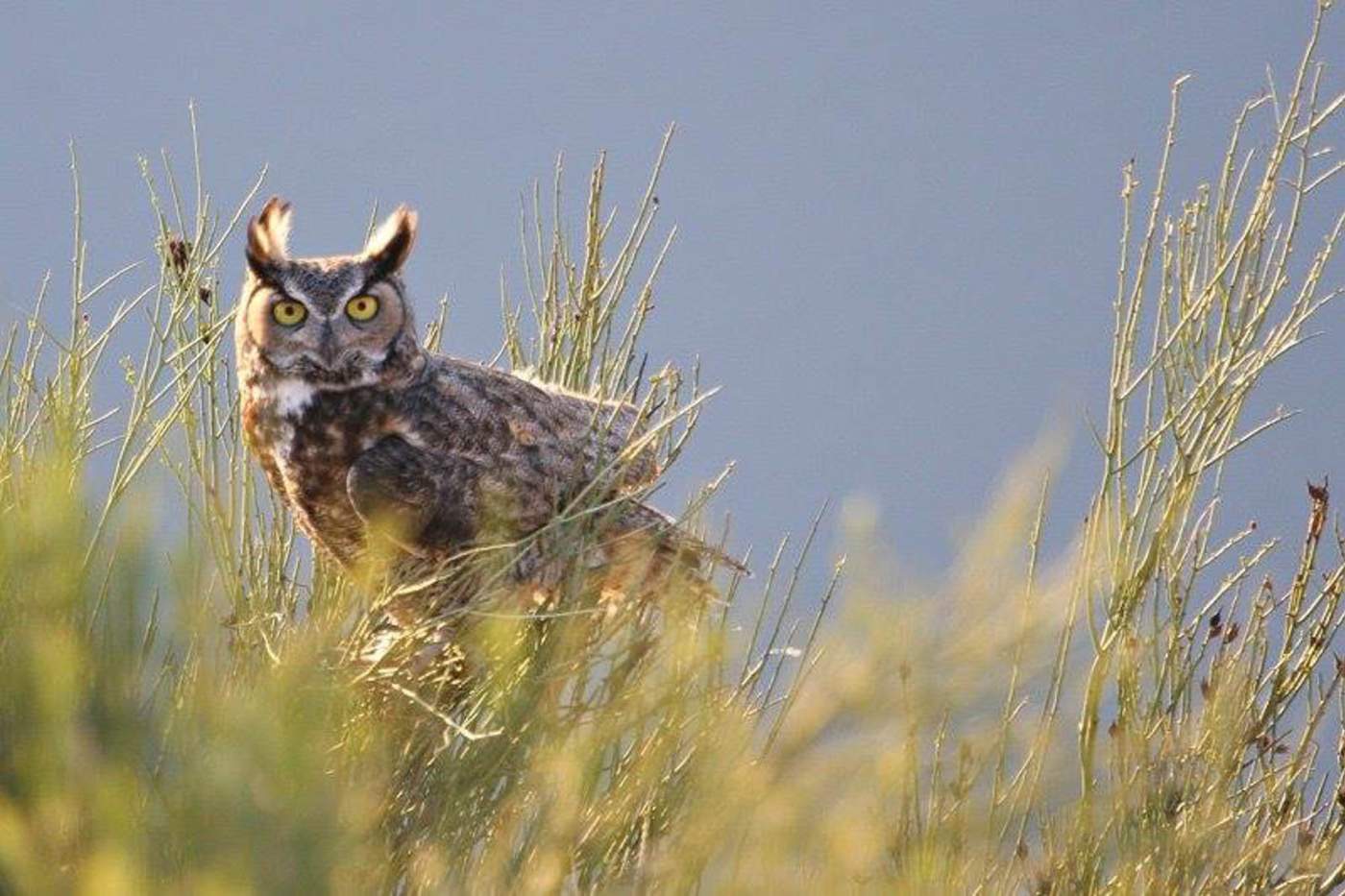Riverside (riparian) restoration is vital to the longevity of our river systems.
Invasive plants in a riverside ecosystem negatively impact wildlife, recreation, and agricultural production, lessening the quality of life and threatening local economies in river-dependent communities.
Supporting Life
Often referred to as “ribbons of life” to emphasize their great importance in sustaining life for those that call it home, riparian environments support biodiversity, help to conserve the soil, and have a tremendous impact on wildlife.
Roughly 1% of land in the United States is considered riparian, yet 80% of all wildlife species depend on this habitat for food and shelter at some point in their lifetime.
To that end, it is critically important that these areas are healthy and contain the native plant species that wildlife needs to survive.
*photo by the Verde River Institute
Invasive Plant Impacts
Today, many western riparian lands are increasingly threatened by invasive, non-native trees, shrubs, and grasses. These plants are not native and are able to establish on many sites, grow quickly, and spread to the point of disrupting native plant communities or ecosystems.
Some examples of non-native, invasive riparian trees include tamarisk (also referred to as saltcedar), Russian olive, tree of heaven, and Siberian elm. Many of these areas are also co-dominated by invasive grasses and forbs, including downy brome (cheatgrass), giant reed, Russian knapweed, white top, and kochia.
The dense growth of invasive plants negatively impact riparian habitat.
Invasive plants:
❌ crowd out native plant species along rivers and streams
❌ reduce plant and wildlife diversity
❌ block river access for recreation and agriculture
❌ create hazards for river runners
❌ invade popular campsites
❌ channelize waterways
❌ increase the frequency and severity of wildfires
*photo by the Verde River Institute
While invasive plants may never be completely eradicated from riparian areas, RiversEdge West works to keep them at a manageable level so native plants can thrive.
*photo by the Verde River Institute






